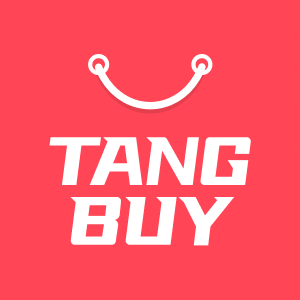How to Cover the Shipping Cost in Dropshipping Business
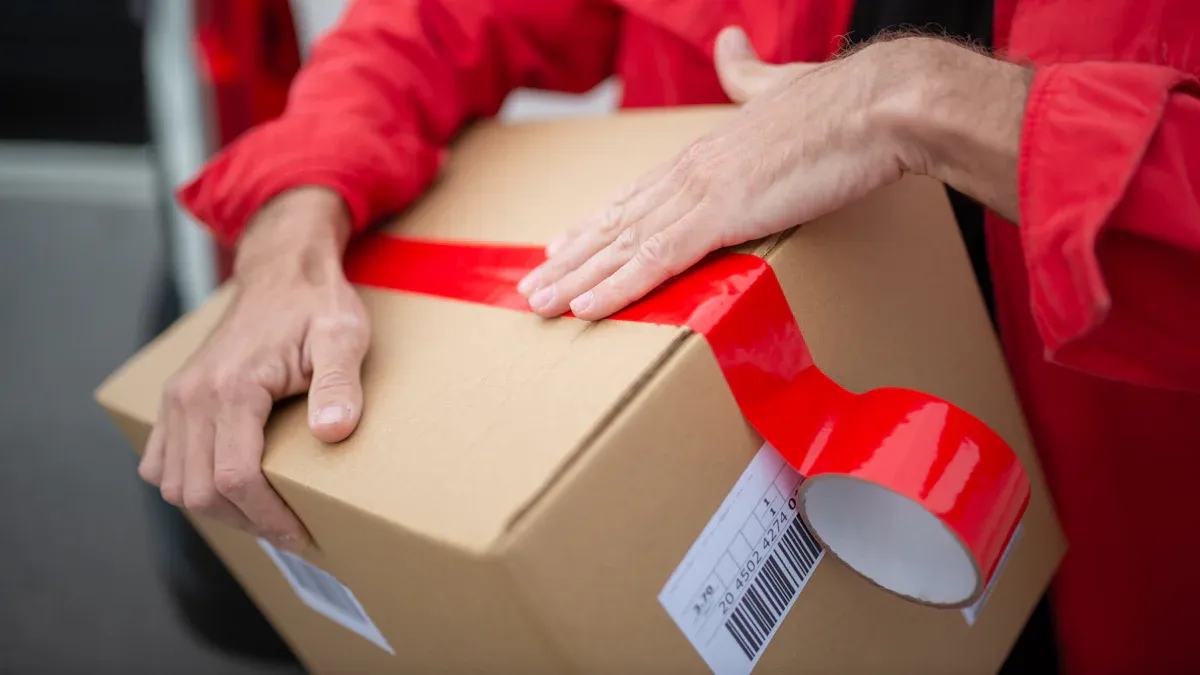
You can cover shipping cost in dropshipping by charging your customers, adding it to your product price, or splitting the cost. Keeping shipping cost under control keeps your profits healthy and your customers happy. Take a look at the numbers below. Even a $15 shipping cost can drop your profit margin from 50% to 30% on platforms like Etsy.
Platform | Example Sale Price | Shipping Cost | Other Fees | Total Expenses | Profit | Profit Margin Range |
|---|---|---|---|---|---|---|
Etsy | $100 | $15 | $5.20 | $70.20 | $29.80 | 30% - 50% |
eBay | $150 | Included in $90 total cost | 10-15% fees | $90 | $60 | 20% - 30% |
Shopify | $100 | Included in $65 total cost | Marketing, fees | $65 | $35 | 15% - 50% |
You can try free shipping, flat rates, tiered, or real-time pricing. Each strategy can help you find the right balance for your business.
Key Takeaways
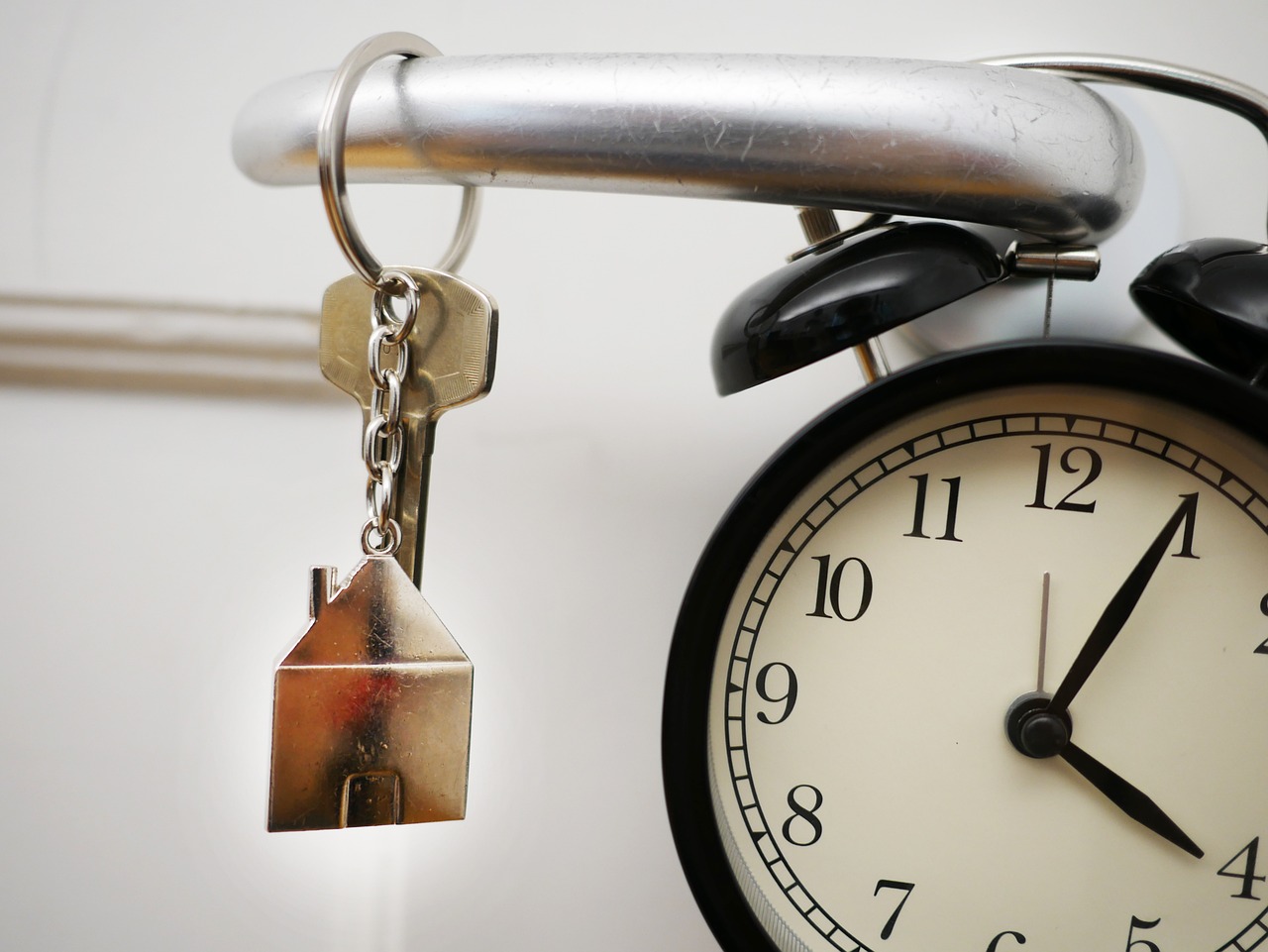
Decide who pays for shipping. It can be the customer, the seller, or both. This helps keep profits and customers happy.
Find out the real shipping costs. Add supplier fees, packaging, labor, and returns. This stops you from losing money.
Try different shipping plans. You can use free shipping, flat rates, tiered rates, or real-time rates. Pick what works best for your business.
Make shipping cheaper by using better packaging. Talk to suppliers to get better deals. Set clear shipping rules.
Check your shipping plan often. Change it if needed. This keeps your profits good and your customers pleased.
Who Pays the Shipping Cost

Customer Pays
You can ask your customers to pay the shipping cost at checkout. This method is simple and clear. Your customer sees the exact shipping fee before they buy. Many online stores use this approach, especially when shipping rates change based on location or package size. Customers like knowing what they pay for, but high shipping fees can scare them away. If you choose this method, make sure your shipping rates stay fair and easy to understand.
Seller Pays
Sometimes, you might decide to cover the shipping cost yourself. You can offer "free shipping" by including the shipping fee in your product price. This makes your offer look more attractive. Shoppers love seeing "free shipping" on your store. You may get more sales, but your profit margin gets smaller. You need to watch your numbers closely. Dropshipping helps you save money on storage and inventory, but you still need to keep an eye on your expenses.
Tip: Always check your profit after covering shipping. A small mistake can eat up your earnings fast.
Shared Cost
You can also split the shipping cost with your customer. For example, you pay half, and your customer pays the rest. This method helps you stay competitive and keeps prices low for your buyers. Sharing the cost can make your products more appealing without hurting your profits too much. But it takes careful planning. You need to track your costs and adjust prices when needed. Dropshipping often means working with different suppliers and couriers, so shipping can get complicated. Clear communication and transparency help set the right expectations for your customers.
Sharing costs can:
Keep your prices attractive
Protect your profit margin
Build trust with your buyers
Managing shipping cost is all about balance. You want happy customers and a healthy business.
Calculating Shipping Cost

Figuring out shipping cost is more than just the carrier’s price. You have to look at every step in the process. If you miss something, you could lose money and not notice. Let’s look at the main things you need to check.
Supplier Fees
Your supplier decides the starting shipping cost. Some suppliers give free basic packaging, but most charge for shipping. The fees change based on size, weight, and where the order goes. Some suppliers use a flat rate, but others change the price for each order.
Watch out for these things:
Shipping fees from your supplier (flat or changing)
Extra charges for faster shipping
Handling fees for special items or custom boxes
Minimum order rules for custom packaging
Tip: Always ask your supplier for a full list of shipping and handling fees. This helps you avoid surprises later.
You can check your real shipping invoices for better numbers. For example, if you paid $15,736.27 for 2,675 shipments, your real cost per shipment is about $5.88. This way, you get a true average, not just a guess.
Packaging and Weight
Packaging is more important than you think. Carriers like UPS, FedEx, and USPS charge for both weight and size. If your box is big, you pay more, even if it is light. Suppliers may give free basic boxes, tape, and labels. Custom packaging costs more and you often have to buy a lot at once.
Cost Component | Description | Examples / Calculation Method |
|---|---|---|
Packaging Materials | Cost of boxes, tape, fillers, and labels. Small costs add up over time. | Cardboard boxes, bubble wrap, packing peanuts, labels. Divide total cost by number of packages shipped. |
Carrier Fees | What the shipping company charges you. | Use carrier calculators for UPS, USPS, FedEx. Factor in size, weight, speed, and surcharges. |
Labor (Handling) | Time and wages for packing and shipping orders. | Multiply hourly rate by time spent, then divide by orders fulfilled. Includes your time or employee time. |
Making your packages smaller and lighter can lower your shipping cost. Use the smallest box that keeps your product safe. Custom packaging will cost more and may mean you have to order a lot at once.
Note: Many suppliers give free basic packaging, but you pay for extras.
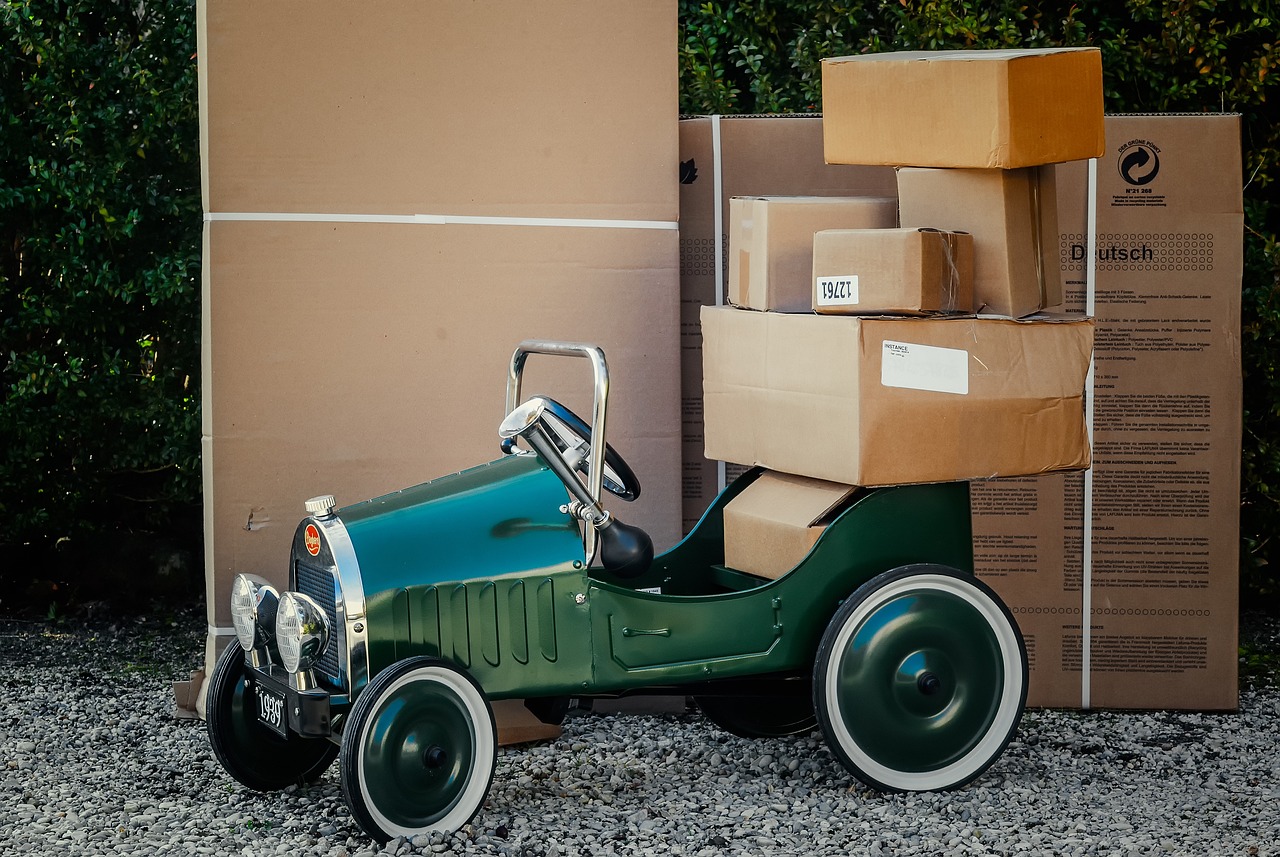
Returns and Adjustments
Returns can cost you money if you are not careful. Some suppliers pay for return shipping, but many do not. If you offer free returns, you need to plan for that extra cost. Always check your supplier’s return policy before you make your own.
Think about these things:
Who pays for return shipping? You or your customer?
Does your supplier charge a restocking fee?
How do you handle lost or damaged packages?
To know your real shipping cost, include returns and any costs for lost or damaged items. This gives you a full picture of what you spend on shipping each month.
Using Shipping Calculators for Accurate Estimates
You can use shipping calculators from big carriers to get real-time shipping prices. These tools look at speed, value, distance, weight, and size. They help you avoid surprise fees and keep your profit steady.
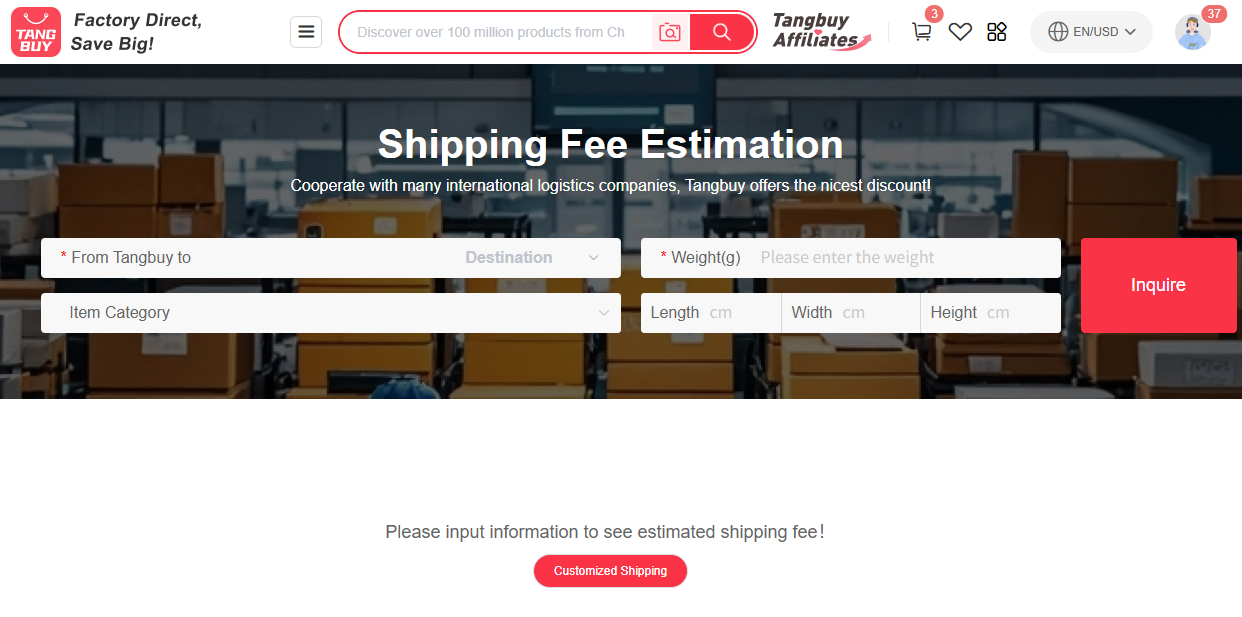
Pro Tip: Always use a shipping calculator before you set your prices. This helps you stay competitive and not lose money on shipping.
When you add up supplier fees, packaging, labor, and returns, you see your real shipping cost. This helps you set good prices and keep your dropshipping business making money.
Shipping Cost Strategies
Picking the right shipping cost plan is very important. It can help your dropshipping business do well or not. Each way has good and bad points. Let’s look at the most common choices so you can find what works for your store.
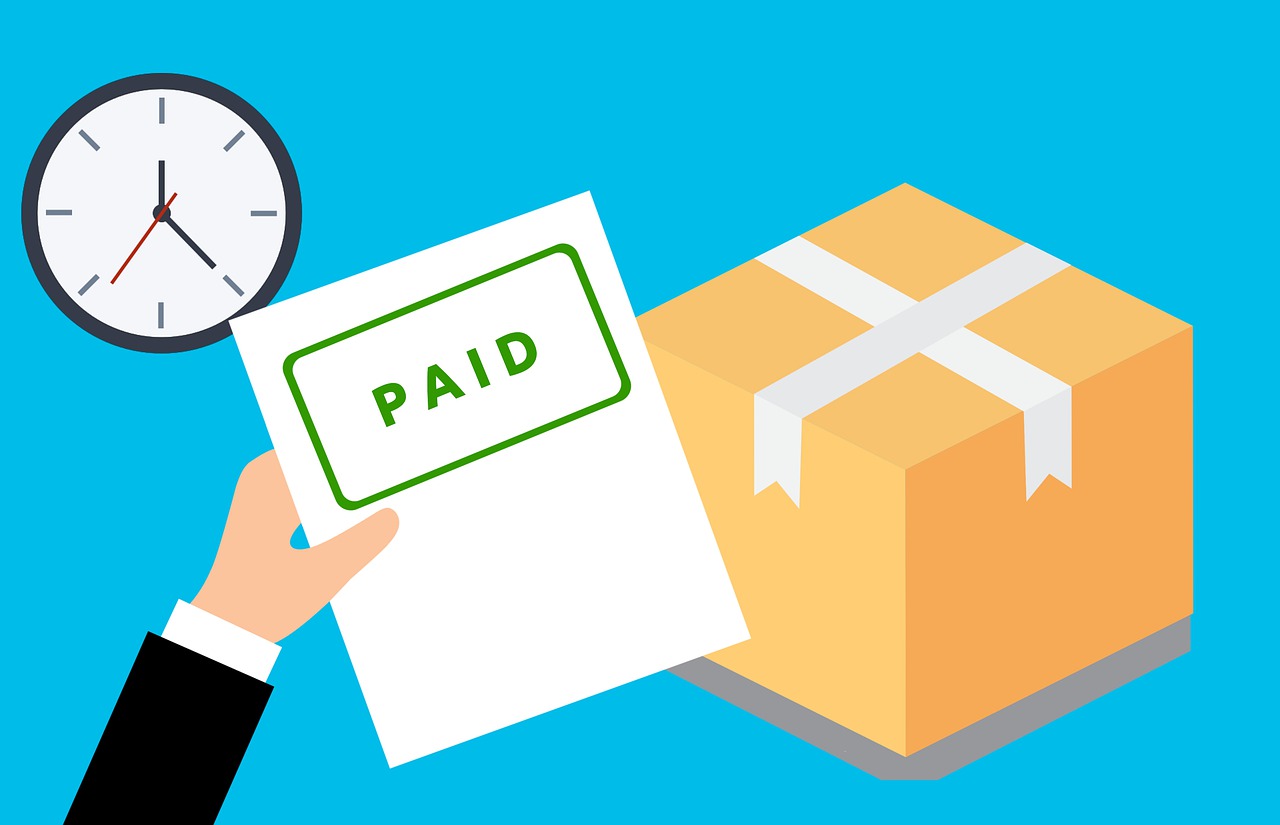
Free Shipping
Free shipping gets people’s attention fast. Shoppers like seeing “free shipping” when they check out. You can give free shipping by adding the shipping cost to your product price. You can also set a minimum order amount for free shipping. Big stores like Amazon Prime and Zappos use free shipping to get more loyal customers and more sales. You can try this too, even if your store is small.
Pros:
Brings in more shoppers
Helps you sell more and get repeat buyers
Makes your store look more trustworthy
Cons:
You pay the shipping cost, so you make less money
Hard to do for big or heavy items
Tip: Offer free shipping only for orders over a certain amount. This makes people buy more and helps you pay for shipping.
Flat Rate
Flat rate shipping means you charge the same shipping fee for every order. It does not matter how big or far the order is. This makes things easy for you and your customers. Many Etsy sellers like this way because it is simple.
Pros:
Shoppers know what they will pay
Easy to set up and use
Can make people buy more to get a better deal
Cons:
You might lose money if you ship far away
Some shoppers may pay more than the real shipping cost
Here is a quick chart to show how free shipping and flat rate are different:
Shipping Strategy | Pros | Cons | Examples |
|---|---|---|---|
Free Shipping | - Gets more shoppers and more sales | - Store pays shipping, so you might make less money | Amazon Prime (subscription free two-day shipping brings loyalty) |
Flat Rate Shipping | - Shoppers know the shipping cost | - Might not cover real shipping cost for far places | Etsy sellers use both free shipping and flat rate, depending on the item |
Tiered Rates
Tiered rates give shoppers choices. You set different shipping prices for order value, weight, or speed. For example, standard shipping could be $5, express $10, and free shipping for orders over $50. This way works well if you want to reach many types of buyers.
Tiered pricing lets you help both budget and premium shoppers.
You can get people to spend more by giving free shipping for bigger orders.
Stores using tiered rates often make more money because shoppers like having choices.
Note: Many stores see more sales, up to 30% higher, when they use free shipping in a tiered plan.
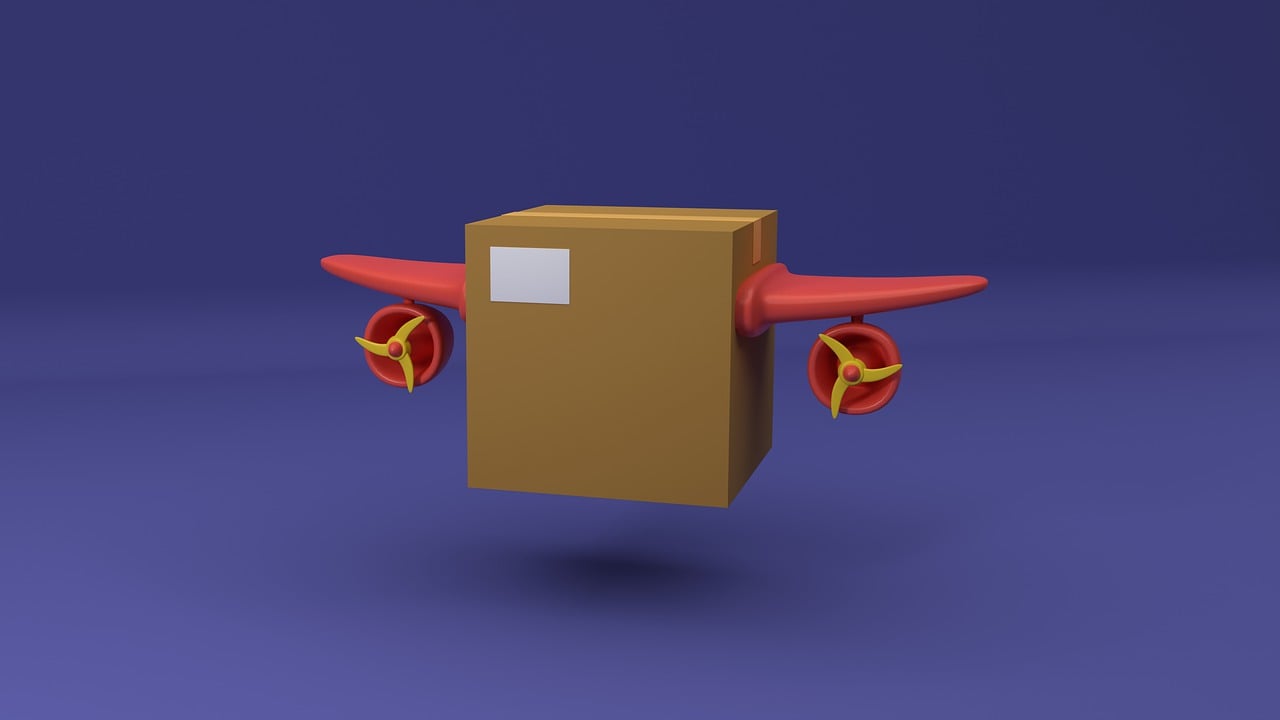
Real-Time Rates
Real-time rates show the real shipping cost at checkout. Your store connects with UPS or FedEx and gets live prices based on the shopper’s address and order. This way gives the most correct cost, so you do not lose money.
Real-time rates help you keep making money, especially for big or heavy items.
Shoppers see the real cost, so there are no surprises.
You can use data to watch your shipping costs and change your prices if needed.
Pro Tip: Real-time rates are best if you want to give many shipping choices and keep your profit steady.
When to Use Each Strategy
Use free shipping if you want more sales and can add the cost to your prices.
Try flat rate if you want something simple and your products are about the same size and weight.
Pick tiered rates if you want bigger orders and want to help different shoppers.
Go with real-time rates if you sell many kinds of products or ship to lots of places.
No one way works for every dropshipping business. Try different plans and see what your shoppers like. Always watch your shipping cost and change your plan as your business grows.
Reducing Shipping Cost
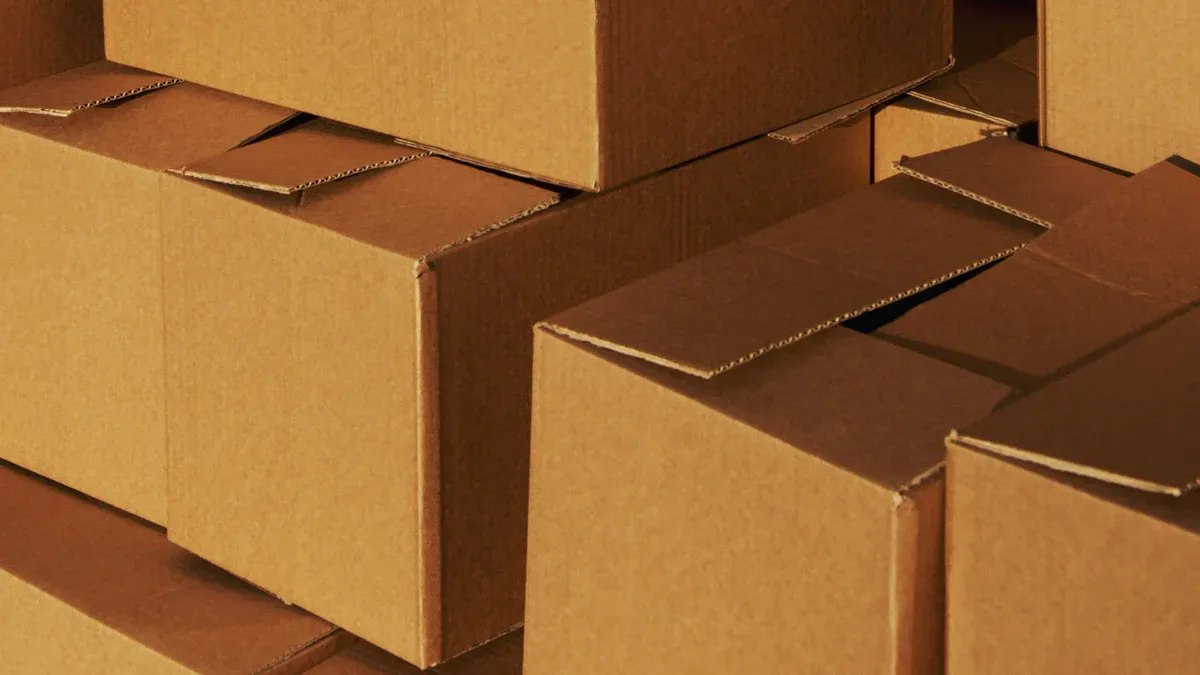
Packaging Optimization
You can save money by using better packaging. Try smaller boxes or lighter packing. This makes each shipment cost less. The right box size keeps your products safe. Many dropshipping stores use smart tools to watch inventory and find ways to save. Here are some ways to lower your costs:
Use light and small packaging to pay less for shipping.
Use machines to pack orders and stop mistakes.
Look at your supply chain and fix slow spots.
Use live inventory updates to skip extra storage fees.
If you make packing faster, you can cut costs by up to 25%. You also spend less time on each order. This means you can handle more sales.
Supplier Negotiation
Talking to your supplier can help you get better prices. Ask for a discount if you buy more at once. Some suppliers give better shipping deals to regular buyers. You can also ask for cheaper packing choices. Here are some tips:
Ask for lower prices when you buy a lot.
Request better deals for big orders.
Use supplier ratings to pick the best partners.
If you have a good relationship with your supplier, you can make more profit and help your business grow.

Shipping Rules
Making clear shipping rules helps you control your costs. You can give free shipping for big orders. You can also set flat rates for different places. This keeps your prices simple and stops you from losing money on far-away orders. Try these ideas:
Give free shipping for large orders to get bigger sales.
Set flat rates for local shipping.
Use shipping calculators to show real costs at checkout.
These rules help you manage shipping costs and keep customers happy.
International Shipping
Shipping to other countries can cost a lot. You need to check customs fees and delivery times. Some items cost more to ship far away. You can use special carriers with better prices for international orders. Always tell your customers about extra fees. Here are some ways to save:
Pick carriers with good prices for shipping overseas.
Group orders together to save money.
Use tracking to stop lost packages.
If you plan ahead, you can keep shipping costs low and reach more customers worldwide.
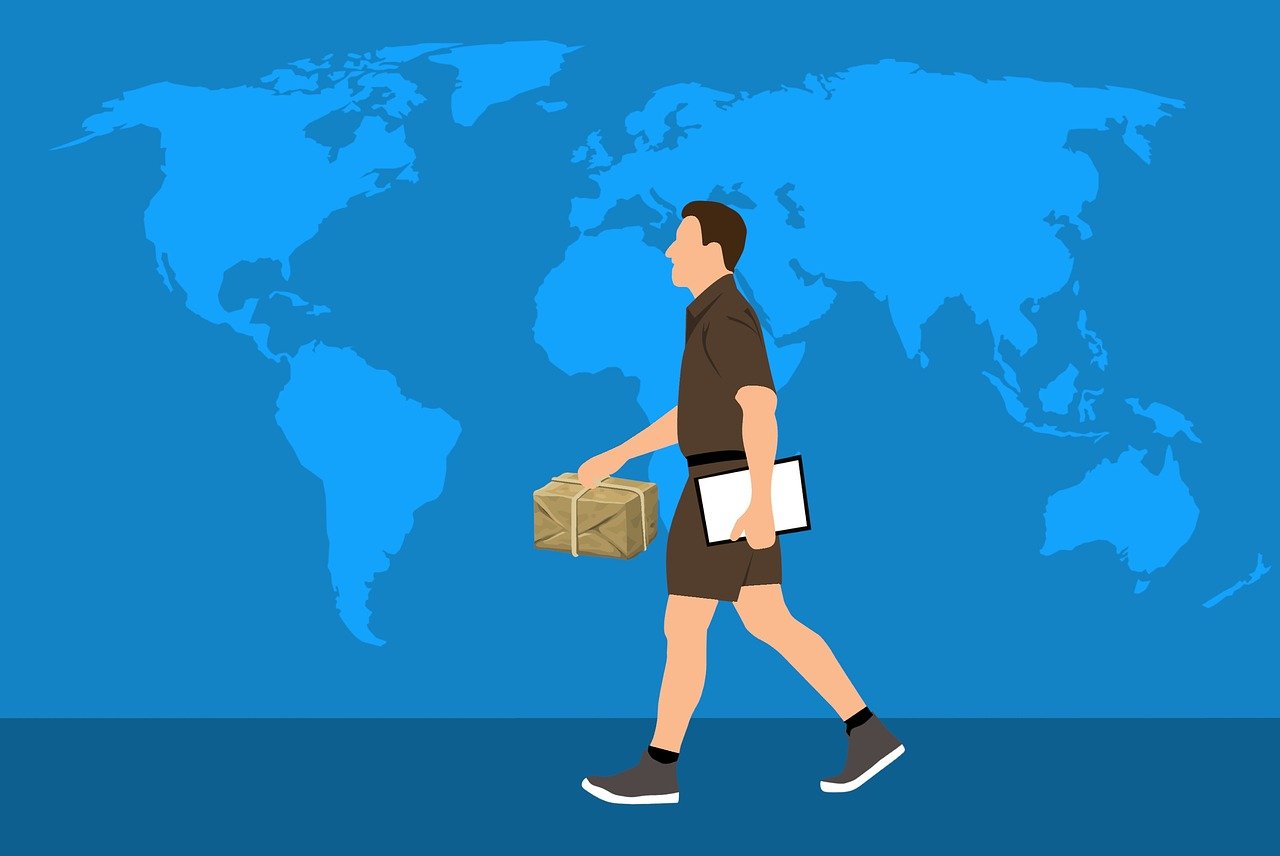
You have many ways to handle shipping in your dropshipping business. Try charging customers, building the cost into your prices, or splitting the fee. Test different strategies to see what works best for your store. Watch your numbers and look for ways to save money. If you keep checking your results, you can boost your profits and keep your customers happy. 🚀
FAQ

How do you decide who pays for shipping in dropshipping?
You get to choose. You can charge your customer, cover the cost yourself, or split it. Think about your profit margin and what your shoppers expect. Test different ways to see what works best for your store.
Can you offer free shipping and still make a profit?
Yes, you can. Add the shipping cost to your product price or set a minimum order amount for free shipping. Always check your numbers. Free shipping can bring more sales, but you need to protect your profit.
What if shipping costs change often?
Use real-time shipping rates from carriers. These update at checkout, so you never lose money on surprise fees. You can also review your shipping costs every month and adjust your prices if needed.
How do you handle returns in dropshipping?
Check your supplier’s return policy first.
Decide if you or your customer pays for return shipping.
Make your return rules clear on your website.
Plan for return costs in your pricing.
Clear rules help you avoid confusion and keep customers happy.

TangBuy: A Smarter Way to Dropship in 2025
If you're looking to stay competitive with dropshipping in 2025, speed and trend-awareness are key. TangBuy helps you stay ahead with real-time product trends, fast fulfilment, and factory-direct sourcing. With over 1 million ready-to-ship items, 24-hour order processing, and seamless Shopify integration, TangBuy makes it easier to test, scale, and succeed in today's fast-moving eCommerce landscape.
See Also
Key Advantages Of Fast Shipping When Dropshipping Pet Toys
Ways To Spot Wholesale Products With High Profit Margins
Five New Methods To Find Trending Products For Online Stores
Affordable High Profit Items To Stock In Your Store 2025
Top 25 Budget-Friendly High Profit Products To Grow Stores 2025
